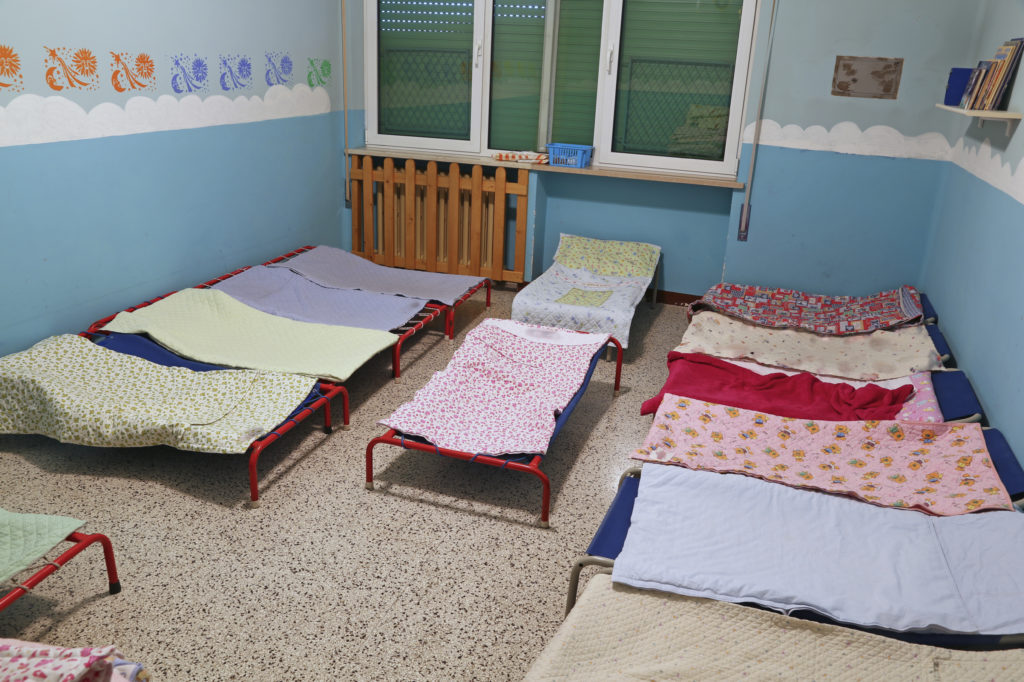Although unintended, deportation often results in the children of undocumented immigrants being placed into the foster care system.

The Cost of Deportation

This table shows a snapshot of some ways children may enter the country. (New Jersey Task Force on Child Abuse and Neglect Conference, 2013)
In the United States in 2011, 5,100 children in the foster care system were U.S. citizens born to deported undocumented immigrant parents. From 2010 to 2012, 204,810 deportees were parents of U.S.-born children. According to a report by the National Center for Child Welfare Excellence, “For every two immigrants taken into custody, one child is left behind.” Quoting the Supreme Court case Plyler v. Doe, Lianne Pietro states:
…those who elect to enter our territory by stealth and in violation of our law should be prepared to bear the consequences, including, but not limited to, deportation. But the children of those illegal entrants are not comparably situated. Their “parents have the ability to conform their conduct to societal norms,” and presumably the ability to remove themselves from the State’s jurisdiction; but the children who are plaintiffs in these cases “can affect neither their parents’ conduct nor their own status.”
Especially in border states, the topic of illegal immigration spurs on hours of rhetoric and in-fighting, whether on the floor of the legislature or at home. While our politicians battle it out, however, something is forgotten:
The children.
Continue reading


